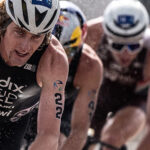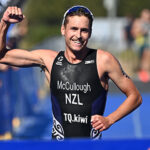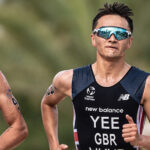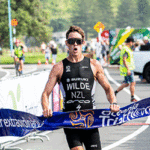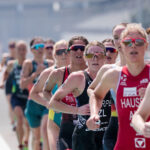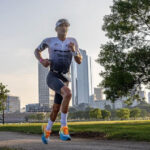By Kent Gray/Triathlon.kiwi
“It’s not that bad.”
That’s the assurance from Dylan McCullough who has revealed he has been dealing with a fibula stress fracture in his left leg since early April, culminating in Saturday’s DNF at WTCS Yokohama.
The injury presented a fortnight after the 23-year-old Aucklander’s remarkable bike-run solo to capture the Oceania Sprint Distance Championships in Devonport, Tasmania on March 16.
McCullough opted to bypass the continental standard distance championships in Taupo on April 14 as a precaution with an eye to Saturday’s world series season opener in Yokohama. Coupled with WTCS Cagliari on May 25, it meant he still had a chance to achieve Tri NZ’s secondary qualification criteria for the Paris Olympic Games with a pair top 8s at WTCS level.
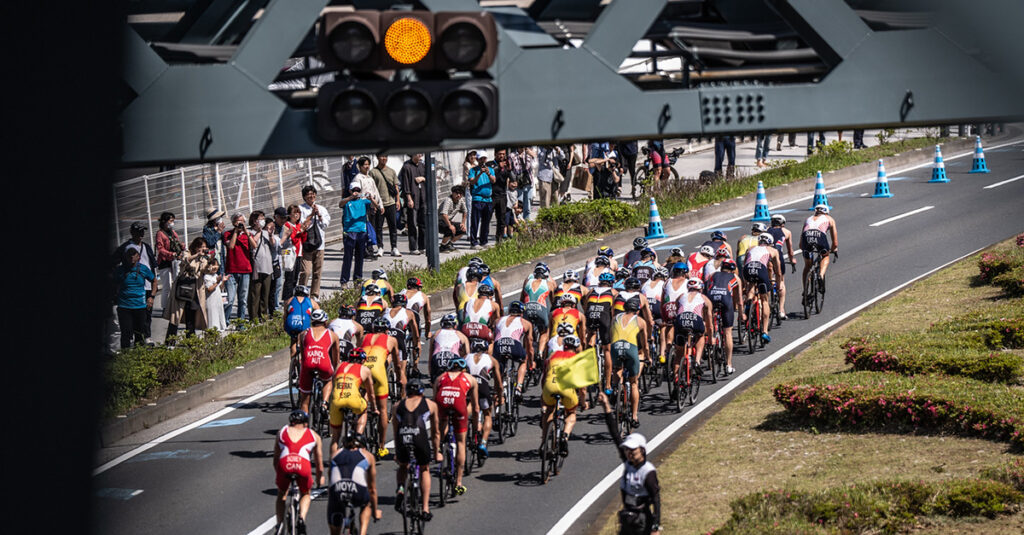
However, after exiting the water 15th and sagely conserving energy near the tail of the main group for much of the 40km bike leg to start the run just 6 seconds adrift, McCullough withdrew on the second lap of the 10km out of an abundance of caution.
McCullough has since elected to withdraw from WTCS Cagliari, a decision made in consultation with his coach, Dr. John Hellemans.
“I’ve been dealing with a stress fracture in my fibula for the last few weeks. We were unsure whether it would be okay to race on [in Yokohama] but we felt I had to show up and at least try,” McCullough told Triathlon.kiwi.
“Unfortunately, it wasn’t quite at 100 percent while racing, and in view of the rest of the season, we had to make a sensible decision to stop on the run, to not put myself back and do damage to the healing process.
“We expect it to be completely healed and make a full recovery in the next few weeks, as per medical opinions.”
McCullough appreciates Kiwi tri fans will fret with Olympic Games selection looming but is not phased himself.
“It’s not that bad and give me a few weeks and I will be completely healthy again and fighting.
“It’s unfortunate timing as I have to withdraw from Cagliari but that will allow me to make a full recovery as quick as possible and get me back to the form I was in earlier this year.”
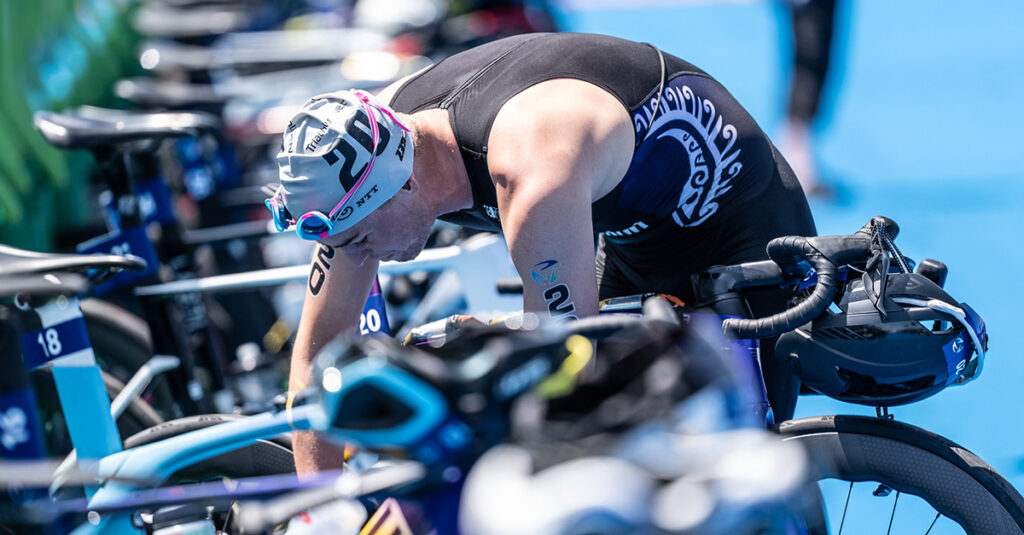
McCullough is flying to Europe from Japan as scheduled, underpinning the confidence in the medical diagnosis.
“I’m still en route to Europe as planned. Nothing changes apart from skipping Cagliari and getting it healed,” he said.
By virtual of its Mixed Relay ranking, Tri NZ has already qualified a team for Paris which means NZL is guaranteed two slots each for the individual men’s and women’s races.
There is a chance to gain a third slot in the individual men’s race on July 30 although the odds of that slimmed on Saturday with McCullough’s “medical” DNF and a 24th placing for Tayler Reid.
RELATED: McCullough on Olympic rankings bubble after DNF, Reid slips outside top 30 despite Yokohama grit
As a result, McCullough has slipped from 26th to 30th in World Triathlon’s Olympic Qualification Rankings while Reid has fallen eight spots to 36th.
For a country to gain three individual slots, all three athletes need to be ranked inside the top 30 at the closure of the qualification windiw on May 27. Hayden Wilde’s position – the Kiwi No.1 is currently 2nd – is assured but McCullough is in danger of falling outside the 30 now he won’t race again till post Cagliari.
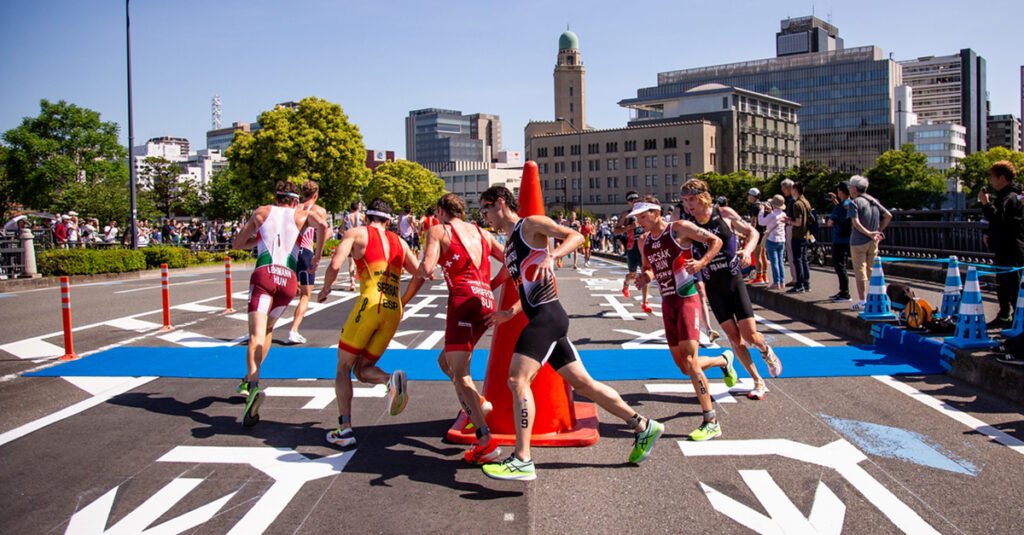
Reid will look to advance his claims at WTCS Cagliari.
However, if either McCullough and Reid finish outside of the top 30, which appears likely, the decision on which of the duo will join Wilde in Paris will be made by Tri NZ’s independent selection panel before being sent to the NZOC for ratification.
The good news for McCullough is the number of races between Cagliari and Paris he can target to prove his fitness before a potential Olympic Games debut.
“I’ve been really happy with how I’ve been tracking over the past year, so it’s a shame I have to miss Cagliari and couldn’t show my true fitness in Yokohama,” McCullough said.
“But health always comes first and I’m looking forward to getting back on the next start line soon at full health.”
*The fibula is the outer bone of the two between the knee and ankle.
